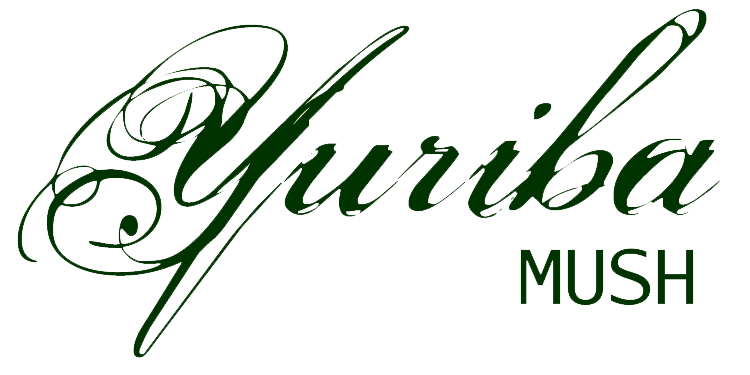Stone circle
A stone circle is a form of religious site, variants of which can be found throughout Yuriba. Stone circles of various configurations, including menhirs and other larger standing stones, are associated with both ancient and modern Yuriban practice.
Contents |
Stone circle traditions
Research into Yuriban stone circles suggests a current cultural practice based on divergent spiritual traditions, one originating via Underhill and another apparently imported via the Lily Civilization from a Far Eastern source.
Underhillian stone circles
A number of Yuriban sites display stone circles, many of which are arranged to contain a ceremonial spiral. The oldest surviving sites are typically megalithic in origin and typically involve the arrangement of menhirs in broad circles. These earlier sites tend to lack carvings, though in some cases carved reliefs may have been added later.
In particular, the turf spiral at Fuyuzora's lakeside votive site in Silverbough is believed to be one of the oldest surviving stone circles above the Hill. While the spiral itself is a more recent geoglyph created by carving away the surface layer of soil from subsurface clay, the spiral site is encircled by a ring of twelve large standing stones interspersed with smaller stones suitable for seating. Carvings on the larger stones appear to date from the middle Lilian period, while the stones themselves appear to have been erected significantly earlier. Similar sites have been found in mostly-overgrown parts of the island, and in more intact forms in pockets of Underhill stabilized by generations of continuous presence, suggesting a direct Underhillian descent for this type of stone circle.
Lilian stone circles
A handful of sites, mostly dating from the early Lilian period, display a smaller profile absent of major standing stones. These sites, apparently associated with early Lilian burials and fragmentary remains of dwellings, feature mostly flattened stones arranged on artificially leveled hilltops. Some sites display two concentric rings - a smaller inner ring and a wider outer one. Commonly a slightly taller stone is arranged in the centre, but none have been identified as taller than three feet above turf level.
Research into these sites demonstrates commonalities with known stone circle sites associated with the Jōmon culture of prehistoric Japan. They have drawn particular comparison to a number of sites identified in Japan's Tohoku region. Notably, circles of this type are uncommon in Underhill, barring a handful of exceptions, such as a votive site to Zansho utilized by a group of flower dryads located in the Sakato Vale pocket.
Composite stone circles
Later stone circle sites demonstrate a clear blurring of lines between Underhillian and Jōmon-type construction. Purely flat stone circles rapidly vanish after the early Lilian period, replaced with hybrid versions which may feature a combination of lower-profile stones with larger carved menhirs. No carvings have been dated any earlier than the Middle Lilian period, though many of these show signs of vandalism apparently inflicted during the religious turmoil of the later Lilian period.
